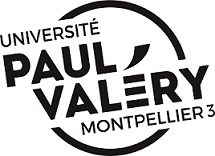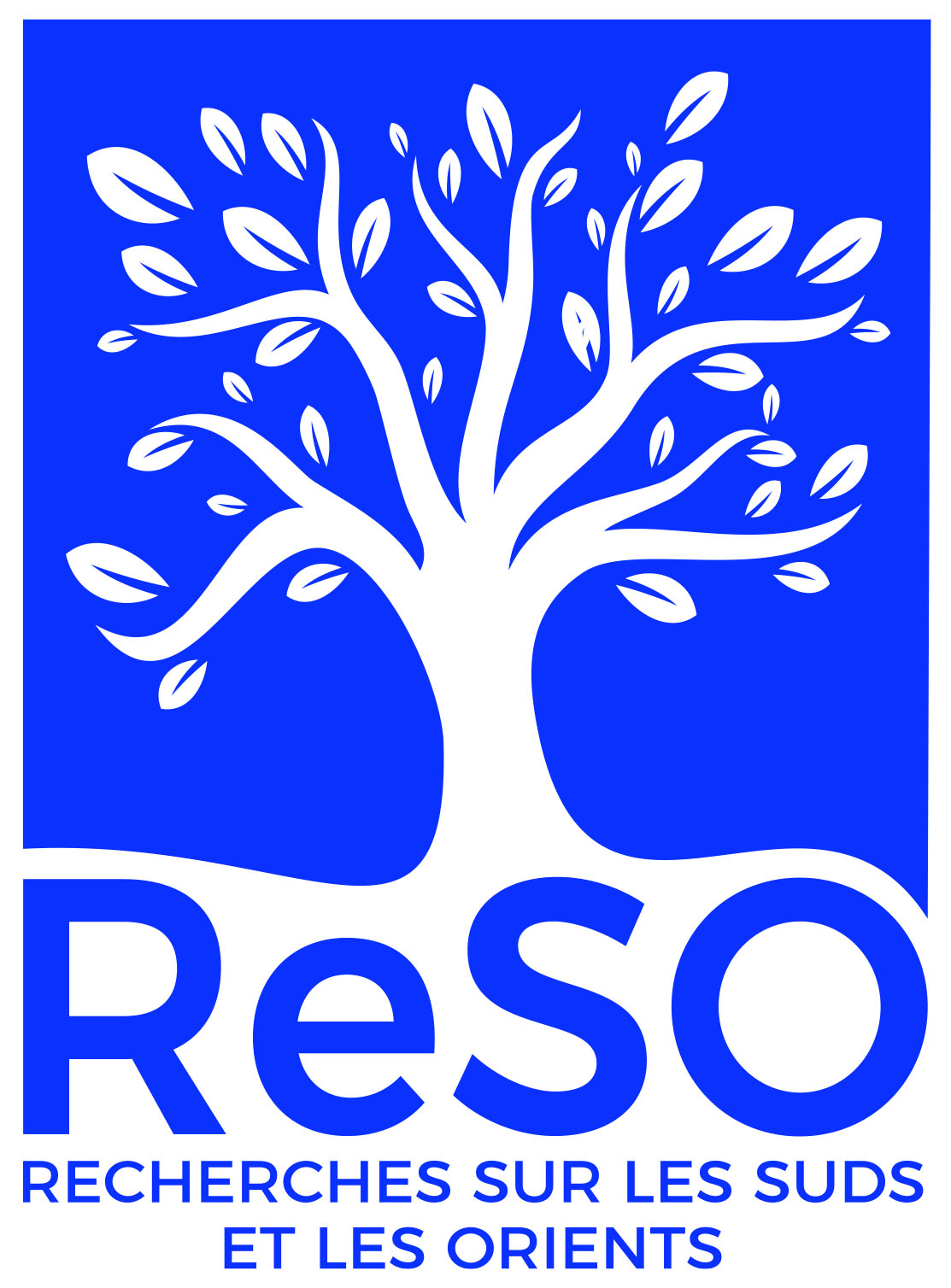Paratranslation,Transcreation and Communication : For promoting Tourism and the preservation of the cultural Heritage in Algeria
Paratraduction, Transcréation et communication : pour la promotion du Tourisme et la sauvegarde du Patrimoine en Algérie
Résumé
Touristification in Algeria raises numerous questions. Like many other countries, Algeria isthreatened by financial crisis in every moment, that’s why the country is acting in a piecemeal and haphazard manner to reboot an economic field that has been put on the shelf for decades. The development of Tourism, however, is an intelligent approach and requires more than building infrastructures or emphasizing the richness of the material and natural assets of the country. It is necessary to set up a real tourism strategy and a fundamental treatment to revolutionize this field that would bring too much in terms of economic returns. Algeria depends highly on the hydrocarbon economy; its budget is annually calculated according to fluctuation of the price of a one barrel of the Brent oil.This thesis aims at reviewing the linguistic practices emphasized in promoting as well as preserving respectively tourism and cultural heritage in Algeria. Its aims specifically at highlighting the role played by translation as a strong communicational tool if integrated into the objectives of tourism communication. We are particularly interested in two new concepts that have emerged as a result of the accumulation of observations relating to the translation activity and particularly those concerning the paratextual elements located outside documents to be translated.In the study of the « paratraduction » concept, we shall focus on the roles of the paratext, the image and the extralinguistic (symbolic) environment that surround the written text. The picture, for instance, is an element that generates ideas, emotion and meaning; we encounter, today, in all kinds of documents designed for information at least one picture that plays the role of an eye-catching element for us as readers. In this respect, the picture enters in an absolute homogeneity with thewritten text.Transcreation, a well-known concept in advertising translation urges the translator not to shy away from taking a creative translation strategy as the process neither means to transgress nor to transfigure the foundations of the culture of the source language. However, it is a means of transposing the message from one culture to another by keeping the same emotional charge whatever the form of the translated document. As a result, the picture is the core issue in our research as it has gained in importance thanks to the media and social networks and is as well an important object of investigation for translation studies, and through it, communication intentions emerge that need to be brought to light. The starting point of our study is to highlight, on the one hand, the relationship between practical translation and the picture and the other concerned disciplines such as advertising and cultural semiotics and, on the other hand, to analyze text-picture documents intended for the promotion of tourism, to find theoretical basements as to the feasibility of association of text-picture documentsin a purely linguistic transfer. The final objective of our thesis is to demonstrate, in the light of current translation working conventions associated with unstoppable technological upgrading of the working materials, that the « paratraduction » and the « transcreation » concepts are providing translation practice with innovative technics as the latter has long been stuck to textual issues. Thus, through our study of the use of these concepts in tourism communication in Algeria as well as the fact that greater importance is given to the paratextual data that surround contempory documents, the translator is involved in heart of the communication issue dealing with the reception of the translated documentsthat we use to acquire information whatever their formats. In these new circumstances, the translator is a real communication agent who has a veto over what he or she is given to translate, and is just as much a decision-maker, responsible for what he or she offers as a documentation production.
La mise en tourisme en Algérie est un sujet à moult questionnements. Face aux crisesfinancières qui se multiplient d’une période à l’autre, l'état algérien s'active d'une manièredémesurée et désordonnée pour réanimer un secteur laissé à l'abandon depuis plusieurs années. Cependant, le tourisme doit être développé d'une manière intelligente, il ne suffit point de mettre en place les infrastructures essentielles, de jouer sur l'aspect matériel ou mettre l'accent sur les atouts naturels du pays ; une vraie politique touristique et un traitement de fond demeurent essentiels pour révolutionner ce secteur qui peut tant apporter à un pays longtemps habitué à la rente pétrolière, dont le budget annuel est fixé en fonction d'un seul et unique chiffre : le prix du baril de Brent.Cette thèse vise à passer en revue la situation des pratiques linguistiques destinées à la promotion du tourisme réceptif et à la sauvegarde du patrimoine en Algérie et précisément le rôle que peut jouer la traduction si on l’intègre aux objectifs de la communication touristique. Nous nous intéressons particulièrement à deux nouveaux concepts apparus au fil de l’accumulation des observations relatives à l’activité traduisante et notamment celles qui concernent les sources paratextuelles qui circulent autour du document à traduire.La Paratraduction s'intéresse aux rôles du paratexte, de l’image et de l’environnementextralinguistique (symbolique) qui entourent le texte écrit ; l’image par exemple est un élément déclencheur d'idées, d’émotions et de sens, elle est présente dans toutes les productions écrites de nos jours, un élément accrocheur pour le lecteur, elle forme avec le texte écrit une homogénéité absolue, de sorte que l'un complète l'autre.La transcréation, concept bien connu dans la traduction publicitaire fait emprunter au traducteur un itinéraire créatif. Faire passer le message d'une culture à une autre n'est point une chose aisée et la transcréation ne signifie pas transgresser ou transfigurer les fondements d'une culture d'une langue de départ, c’est un moyen de transposition du message de la culture de départ vers la culture d'arrivée en gardant la même charge émotionnelle quel que soit la forme du document traduit.L'image est par voie de conséquence une problématique centrale de notre recherche, elle a pris de l'ampleur grâce aux médias et aux réseaux sociaux, c'est un objet d'investigation important pour la Traductologie puisqu’à travers elle, des intentions de communications se dégagent nécessitant d’être mis en lumière. L'idée de départ est donc d'étudier d'abord la relation qu'entretient la traduction pratique avec l'image et avec d'autres disciplines telles que la sémiologie publicitaire et culturelle, puis, d'analyser les textes accompagnés d'images destinées à la promotion du tourisme et de trouver des origines théoriques quant à la faisabilité de l'association du couple texte/image dans un transfert purement linguistique. L’objectif final de notre travail est que nous puissions démontrer, compte tenu à la fois des convenances actuelles de pratique de la traduction et de la technologisation des supports de travail, que la paratraduction et la transcréation viennent révolutionner la pratique traduisante qui est longtemps restée cantonnée aux problématiques du texte. Ainsi à travers notre étude de la mise en tourisme par ces concepts intégrés à la communication touristique en Algérie et le fait d’accorder davantage d’importance aux données paratextuelles qui circulent autour du texte à traduire, le traducteur se positionne au cœur de l’enjeu de la communication qui concerne la réceptivité des documents traduits – quels que soient leurs formats – que nous utilisons pour nous documenter. Dans ces circonstances nouvelles, le traducteur est un agent de communication qui disposerait d’un droit de véto sur ce qu’on lui donne comme matière à traduire et est tout aussidécideur, responsable de ce qu’il donne à lire pour autrui.
| Origine | Version validée par le jury (STAR) |
|---|

